7 Reasons I’m Skipping The Pixel 9a To Wait For The Pixel 10
Contents
Google did a great job with its latest midrange phone. A near-flagship device at $500 MSRP with a decent trade-in program and (for the time being) $100 in Google Store credit sparks my interest. Except I’m stubborn and picky. I can handle some tradeoffs, but I have limits. Plus, Google’s next midranger could eliminate the Pixel 9a’s minor shortcomings, and I’m terrified of buyer’s remorse.
If Google keeps listening to users and making the right refinements, it could convince me to spring for the full-fat Pixel 10 later this year. As tempting as a capable, reasonably priced phone may be, I’m steering clear of the Pixel 9a and have my sights set on the Pixel 10. Here’s why.

Related
7 The subpar modem won’t cut it
And a fully retooled Tensor G5 sounds enticing
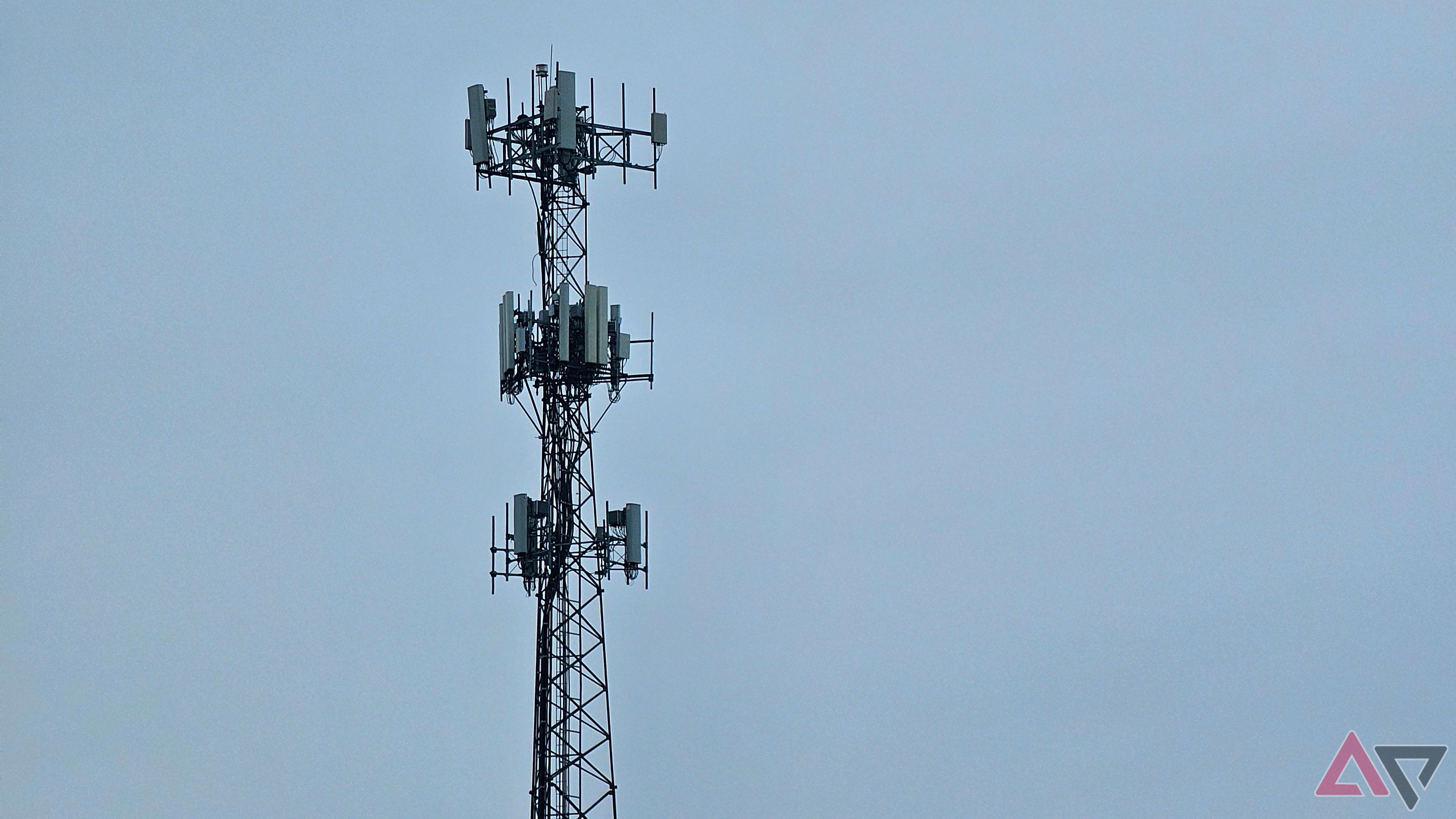
As recently as the Pixel 8 Pro, flagship Pixels had inconsistent reception and high battery drain. The Exynos 5400 modem in the top four Pixel 9 entries has taken that monkey off Google’s back. I travel and work in remote and urban settings in various countries. I can’t afford intermittent connection drops or poor bandwidth. The 9a’s Exynos 5300 modem doesn’t support satellite connectivity, which could save my life on my tech-infused wilderness backpacking trips.
The next Pixel lineup won’t have the same chipset as the 9 and 9 Pro, with Google tapping TSMC to manufacture the Tensor G5 on its 3nm process. However, the Pixel 10 and its claimed MediaTek modem should continue the upward trend in connectivity. While Google’s first fully in-house-designed silicon may not totally change the game, it will see bumps in efficiency and thermal management, plus a slight performance increase. If those pan out, the Pixel 10 could be nearly perfect.

Related
6 The bug-delayed release spooked me
To Google’s credit, it handled the situation well
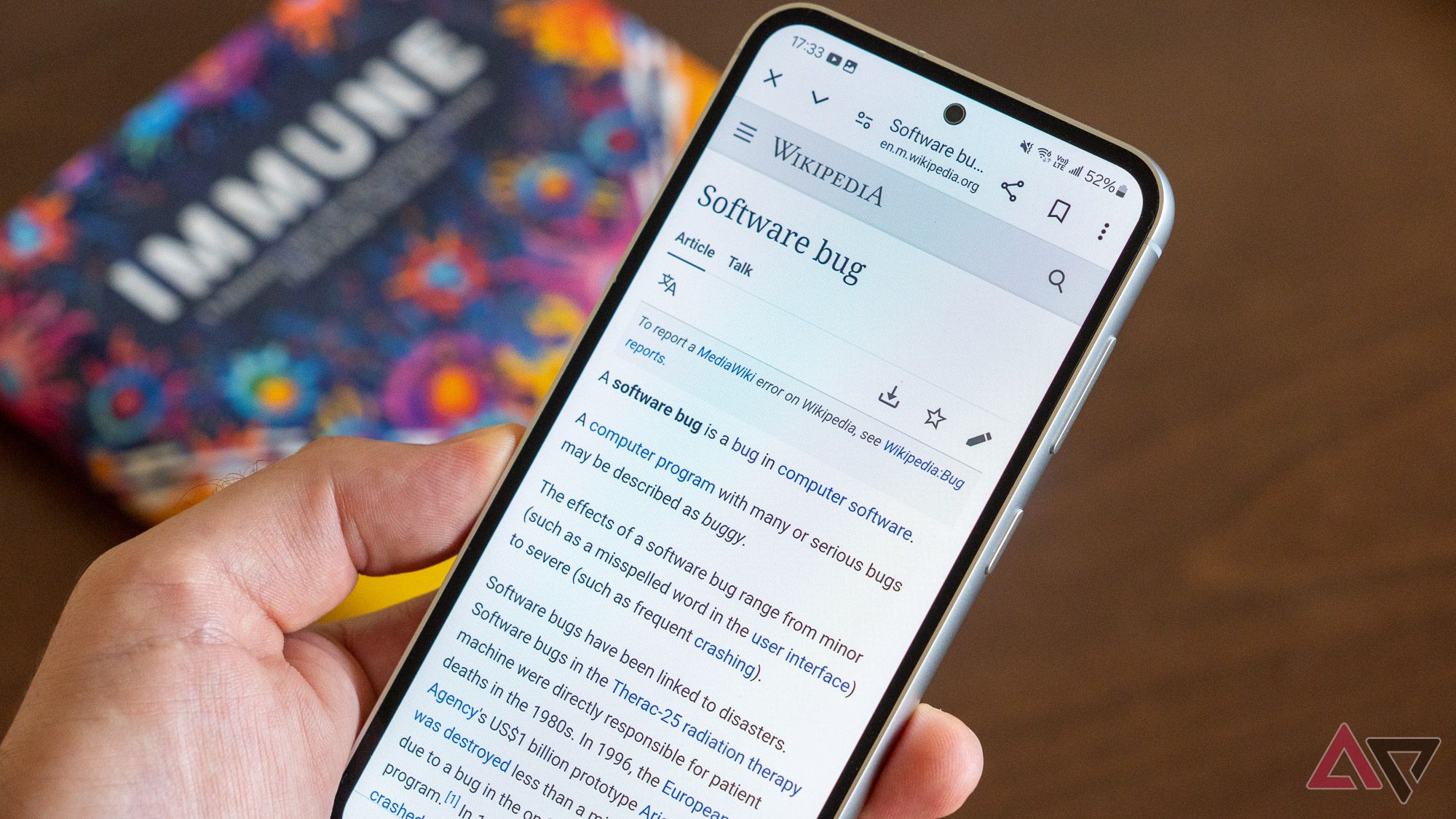
I can’t fault the handling of the 9a’s delayed launch, and I’m not especially worried that latent quality control issues will rear their heads down the road (even though one already has). The rumored overheating issue that plagued early Pixel 9a units doesn’t scare me. The problem has been fixed.
Instead of harping on Google’s quality control, how it managed the launch deserves praise. Pixel phones are mature — even the midrange a-series — and Google puts more polish on its devices than ever. Delaying my purchase until I can try the Pixel 10 allows Google to prove itself even more. I’m cautiously optimistic the next round of Pixels will be more consistent and frustration-free.
5 I want the cameras everybody raves about
I take 10 times as many pictures as phone calls
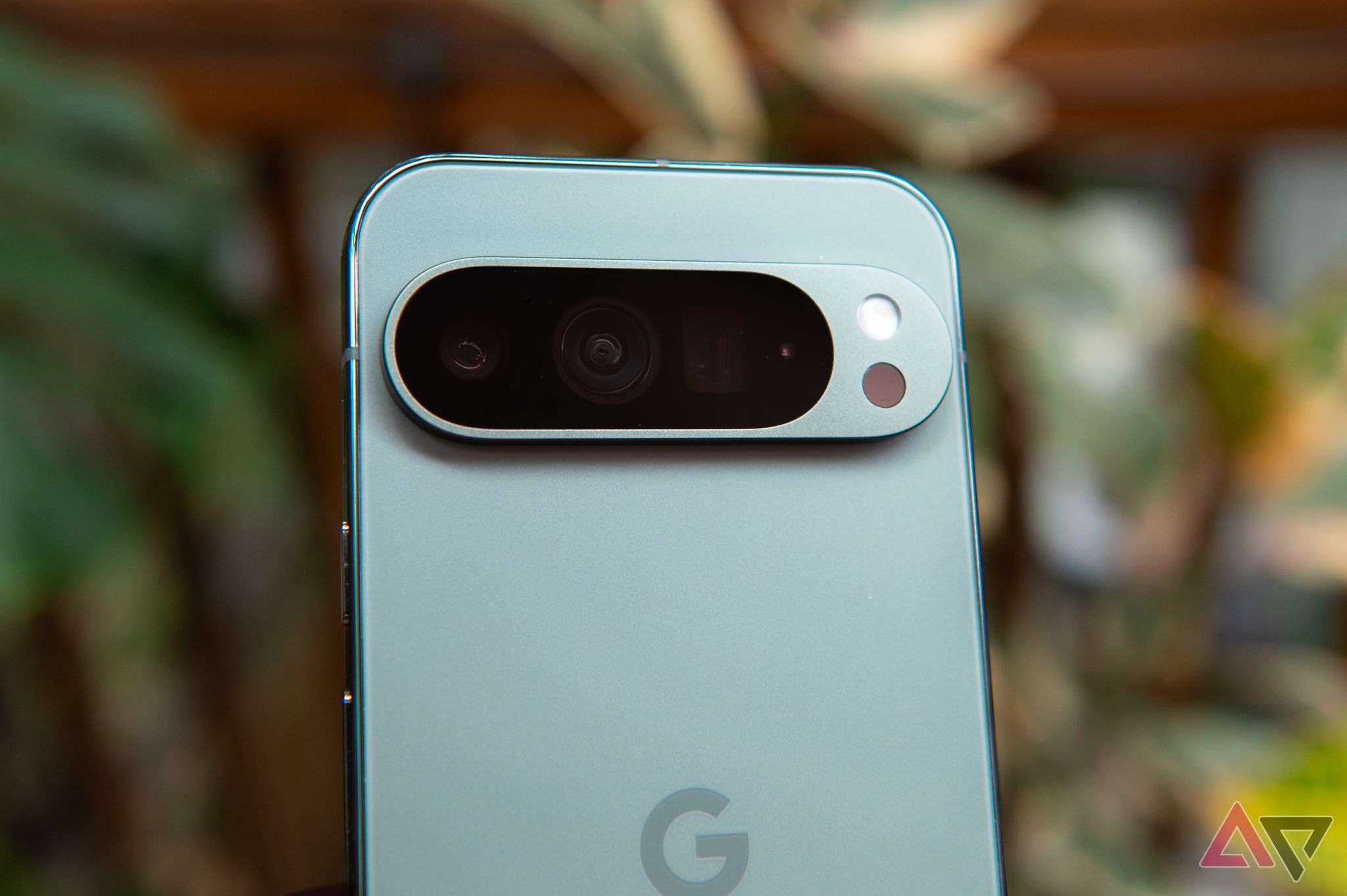
The first Pixel phone skyrocketed to the top of the best phone cameras leaderboard in 2016. Every successor followed suit, with Google’s excellent imaging algorithm providing the one-shot consistency needed to take the perfect picture every time. When point-and-shoot cameras were popular, I wouldn’t have cared much. However, years of refinements tell the tale of Pixels’ photography success.
The Pixel 9a takes very good pictures. Still, the breathless hype surrounding Pixel cameras and the fear of missing out won’t let me compromise. I want the laser autofocus sensor. I’d love the higher-resolution, wider-aperture ultrawide lens for sweeping landscape photos. The Pixel 10’s rumored telephoto lens has me excited. If there’s a gap between the midrange and high-end Pixels, it’s the cameras, and they’re worth waiting a few months for.

Related
4 An ultrasonic fingerprint sensor is a must
It’s the feature I use more than any other

I unlock my phone roughly one million times per day. I rarely bring it in full view of my face, and Face Unlock doesn’t work in the dark, making me a frequent fingerprint login user. Nothing is more frustrating than repeatedly tapping a fingerprint sensor only to end up entering my PIN anyway. I need speed and reliability with my biometric login.
This simple feature pushes me towards a more costly phone. The Pixel 9’s choice of ultrasonic over optical sensors made a lot of sense, and I can’t overlook something I use countless times daily. What’s more, there are few better ways to suddenly screw up your night vision than looking too closely as your optical fingerprint reader lights up in the dark. Maybe the Pixel 10a will use an ultrasonic sensor. I know the standard Pixel 10 will.
3 I’m crossing my fingers for Qi2 support
Even though I’m scared to get my hopes up
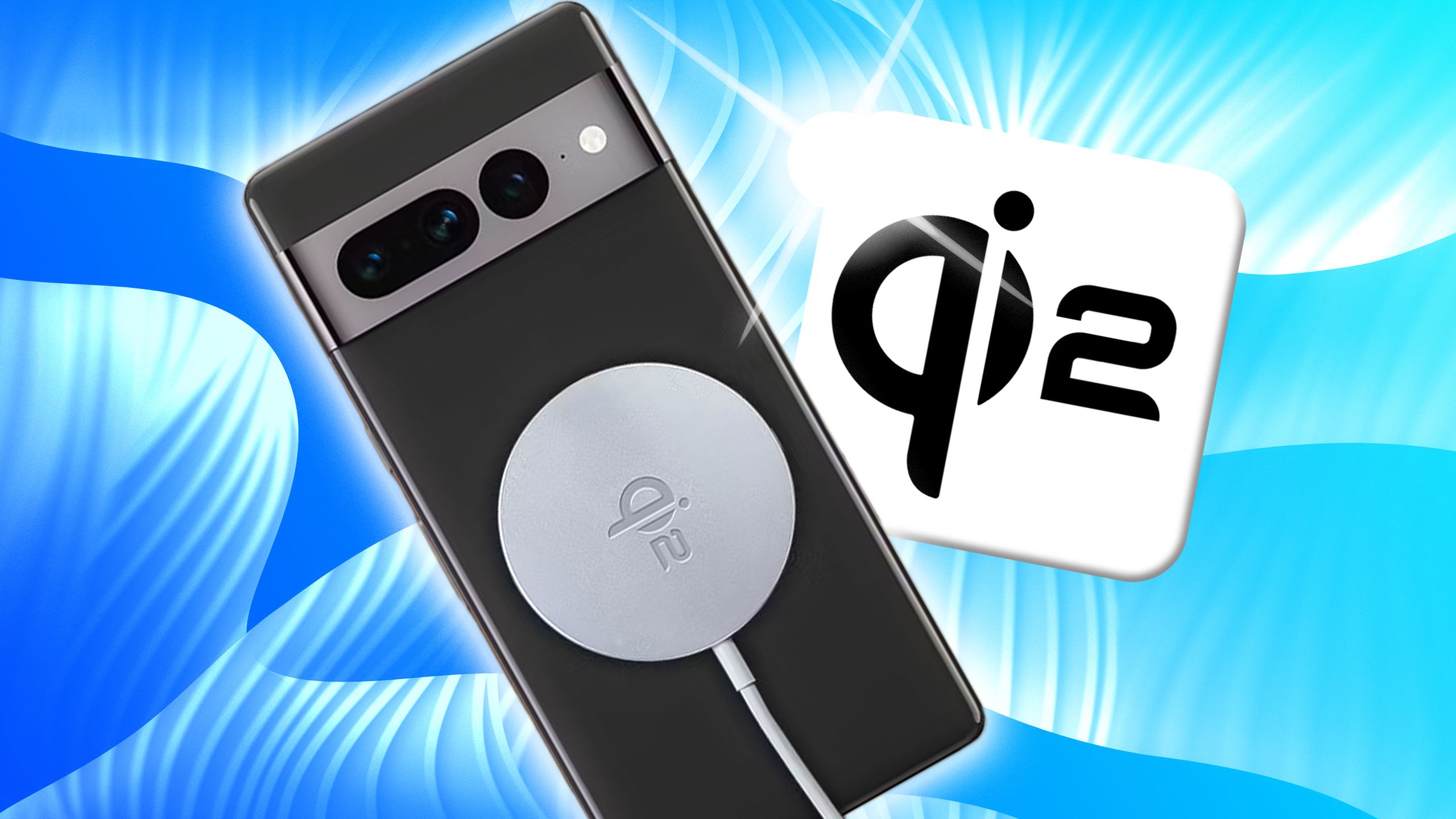
I whined more than a little about the Wireless Power Consortium’s decision to water down Qi2 branding with the not-all-there Qi2 Ready designation. Then, Pixel 9 Pro XL users flooded social media with consistent complaints about magnetic wireless charging consistency. A slightly off-center coil means you can’t count on Pixel 9 series models to support wireless charging and magnetic accessories simultaneously.
Qi2 Ready certification may not be perfect, but it means magnetic cases can do both jobs. Google has provided little indication of whether the 10 series will support even the case-required Qi2 Ready standard, but its language around Qi2 development offers hope. I’ve begged for reliable, standardized magnetization in Android phones and accessories. If I have to use a case to make them work, I will, but the coils need to be in the right place.
2 The 9a’s limited AI bums me out
I did not anticipate feeling this way
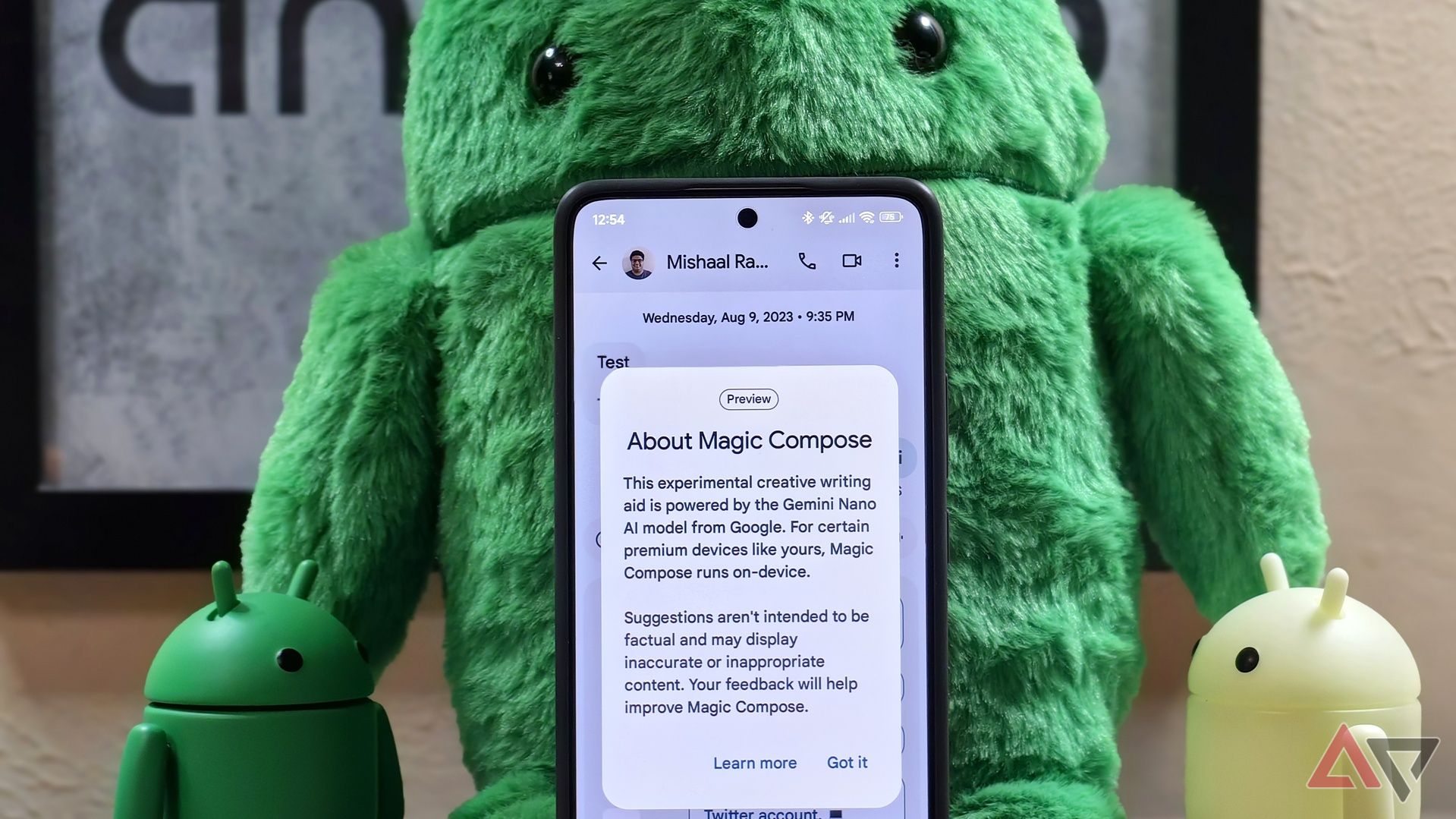
LLM-powered chatbots and text-based image generation provide clear examples of AI’s power, but they aren’t the technology’s real future. AI stands to enable new heights of streamlined settings management, predictive app functionality, and advanced insights on health, notifications, schedules, and more. That’s what I want from AI, but it’s not quite there yet. And the Pixel 9a’s AI might never be.
With 8GB of RAM, the Pixel 9a is destined to run the Gemini XXS model, rather than the XS model found on its more expensive siblings. Gemini XXS is text-only, rather than multimodal, and locks you out of useful (if subtle) features like the Pixel Screenshots app. Considering that AI is only now seeing significant useful integration within smartphones, the 9a’s limitations aren’t promising in the long term.
I wouldn’t miss most of the generative AI image creation tools, and the face-swapping Best Take feature creeps me out. However, industry experts assure me that on-device AI has a big future, and I want to give it a chance. The Pixel 9a’s small model and middling system memory kneecap that potential future. By the time the Pixel 10 gets here, there might be some AI features even curmudgeons like me enjoy using.

Related
1 I want the best long-term investment
And this could be the last phone I buy for years

Source: Markus Winkler/Unsplash
Average users might not notice a difference between the base model leading Pixels and their lower-priced a-series counterparts. Most people also don’t plan to keep their phones through Pixels’ Android-first offering of seven years of updates. I plan to drive my next big phone purchase until the wheels fall off. The $300 difference between the Pixel 9a and Pixel 9 could buy quite a few lattes, Funko Pops, and avocado toasts. Spread out over several years, though, it’s not a big difference.
Plus, as much as the Pixel 9a resembles a flagship, it isn’t one. Over time, more capable apps, engaging games, and novel AI features will continue to call for the most powerful hardware, good battery life, and consistent connectivity. All signs point to the Pixel 10 fitting that bill notably better than the Pixel 9a. Waiting until the fourth quarter of this year gives me a little longer to save my pennies for the more expensive model. If I’m going to use the same phone until 2030 or beyond, I should start with the best.
The one thing that could derail my Pixel 10 plans
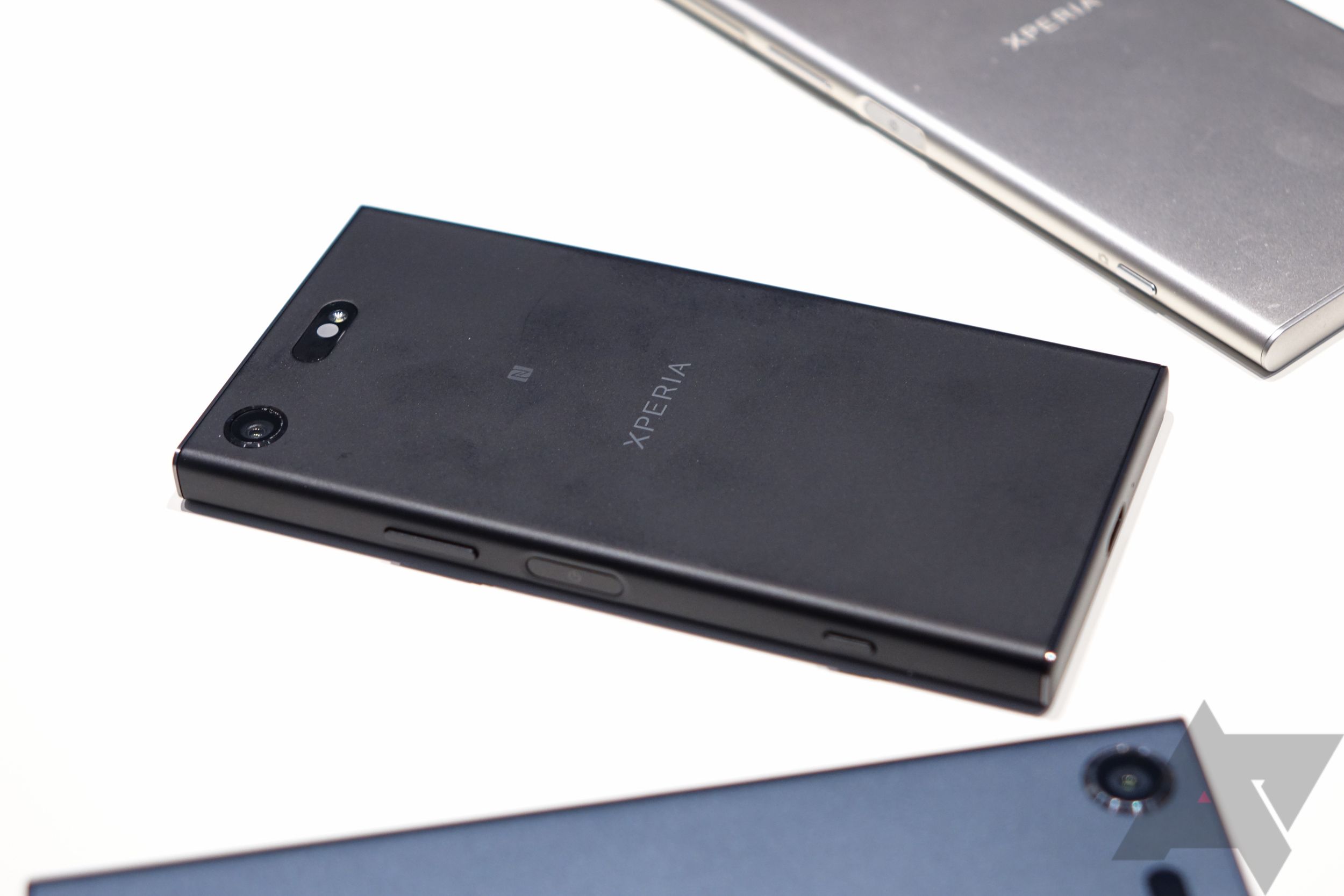
You might not remember it, but this Sony 2017 near-flagship was the last truly great and small Android phone.
I eagerly anticipate more solid news on the next Google flagship. I haven’t been as excited about a new phone since the Sony Xperia XZ1 Compact nearly a decade ago. A phone in the vein of the XZ1C might be the only thing that could knock the Pixel 10 from the top of my “most desired phones” list.
Similar to the potential for AI to become truly helpful and versatile, I’m crossing my fingers that somebody develops a new small phone. Not like the Samsung Galaxy S25, which is gigantic compared to my Xperia. And not the same small-but-chunky form factor as my current daily driver, the Unihertz Jelly Star, or its slightly-too-thick successor, the Jelly Max.
If a company releases a phone sized like the 129mm-tall, 9.3mm-thick XZ1 Compact, or my current backup, the 138mm-tall iPhone SE 2022, the Pixel 10 might have to wait. Proponents of powerful, compact phones remain a vocal but tiny minority. Unless an extremely unlikely small smartphone comes soon, the base model Pixel is about as small as they get. I’m confident Google’s Pixel lineup will deliver flagship performance, plus a renowned Android implementation, for years to come. So I’m not wasting my time with the Pixel 9a.
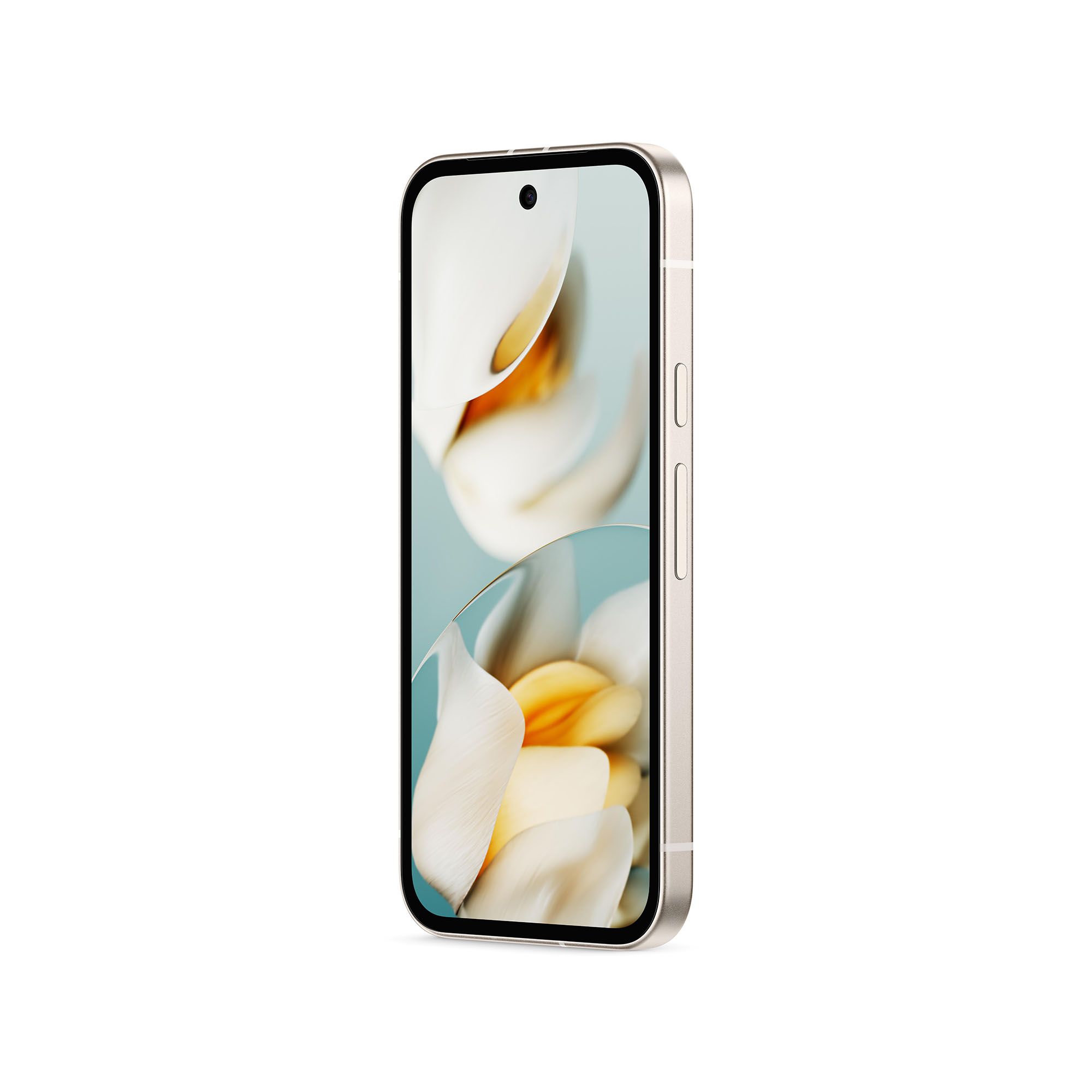
Google Pixel 9a
Google’s Pixel 9a takes everything that was great about the Pixel 8a and looks to modernize it. With an all-new Pixel 9-inspired look and no camera bump, this might be the best $500 smartphone we’ve seen yet.
What’s your reaction?
Love0
Sad0
Happy0
Sleepy0
Angry0
Dead0
Wink0

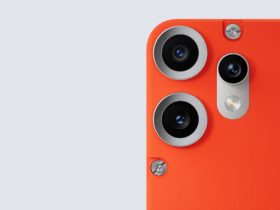

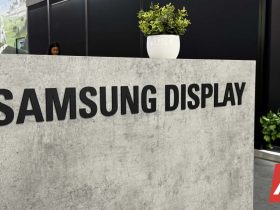


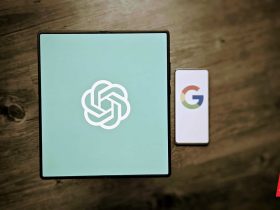
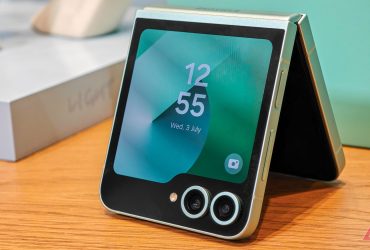
Leave a Reply
View Comments